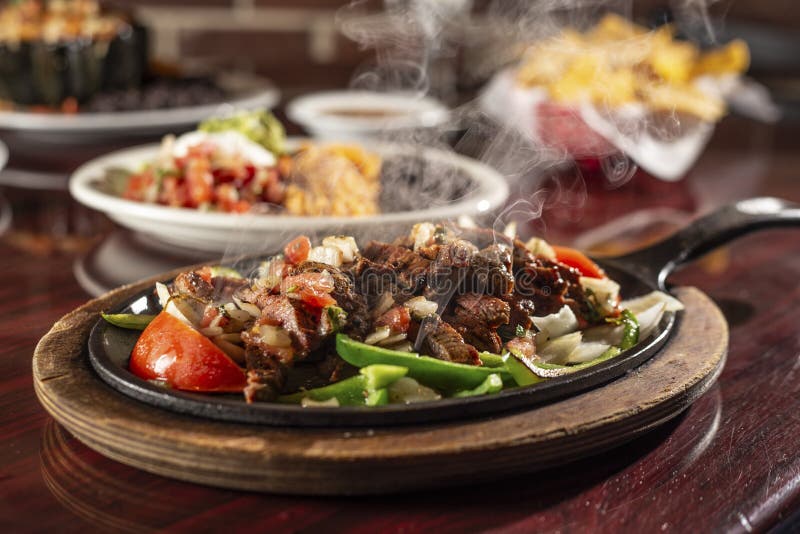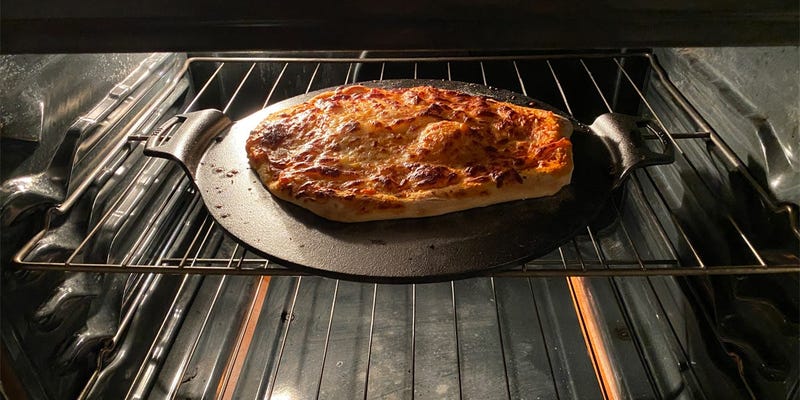In the realm of culinary arts, reheating food on a sizzling plate has emerged as a method that not only preserves flavors but also enhances the visual presentation of dishes. For culinary professionals, perfecting this technique can significantly elevate the overall dining experience. From keeping the right texture to ensuring that food is served at the optimal temperature, sizzling plates offer a distinctive way of serving reheated meals without sacrificing quality.
The main appeal of using a sizzling plate is its ability to keep food warm while adding an exhilarating element of sizzle and aroma that captivates the senses. This technique is particularly favored in restaurants where presentation is just as vital as taste. By mastering the use of sizzling plates, chefs can take their culinary creations to the next level.

The Science of Sizzling Plates
Sizzling plates, often crafted from cast iron or metal, are designed to retain heat effectively. When food is placed on these heated surfaces, it continues to cook slightly, emphasizing the importance of timing. The science behind it is both simple and profound: the plates intense heat ensures the food reaches the desired temperature rapidly, and the captivating sizzle creates an engaging sensory experience for diners.
Additionally, using a sizzling plate helps retain the moisture in food, preventing it from drying out a common issue with other methods like microwaving. By utilizing the characteristics of these plates, chefs can guarantee that their dishes are as succulent and flavorful as initially intended.
Reheating Techniques Using a Sizzling Plate
Preparing the Plate
Before cooking food on a sizzling plate, its paramount to preheat the plate to the appropriate temperature. This usually involves placing the plate in a hot oven or over a stove burner. The goal is to achieve uniform heat distribution across the surface, ensuring consistent reheating of the food.
Choosing the Right Dishes
Not all dishes are ideal for reheating on a sizzling plate. Items like fajitas or steaks, which benefit from a crispy exterior, are perfect candidates. The sizzling plate amplifies their texture while ensuring they remain juicy on the inside. For more guidance on suitable dishes, check out this sizzling platter tips.
Safety Precautions for Sizzling Plates
Handling sizzling plates requires care due to their high temperatures. Culinary professionals should always use protective gloves or cloths when moving the plates. Its also wise to inform patrons of the plate's heat to avoid accidental burns. Regular maintenance and proper cleaning of the plates are crucial for their durability and functionality.
Benefits of Sizzling Plates in Professional Kitchens
Integrating sizzling plates into the kitchen has numerous advantages. Firstly, they create a more interactive dining experience since the sizzle and aroma draw attention and heighten the meals allure. Secondly, they provide a pragmatic solution for keeping food warm, making them perfect for busy kitchen settings where timing is key.
Moreover, sizzling plates can promote a more efficient service workflow. By reheating several dishes simultaneously on these plates, chefs can streamline their operations and reduce patrons' waiting times. This efficiency can directly influence customer satisfaction and a restaurant's reputation.
Innovations in Sizzling Plate Techniques
The culinary landscape is constantly changing, and as it evolves, so do the methods for using sizzling plates. From experimenting with various materials to trying out new recipes, chefs are continually exploring the possibilities with sizzling plates.
If you're interested in delving deeper into the potential of sizzling plates, this external resource offers valuable insights into how these tools can be effectively utilized.
Conclusion
Reheating food on a sizzling plate is more than just a way to warm up leftovers; its an art form that can transform an ordinary dish into something extraordinary. For culinary experts, mastering this technique is vital to provide unforgettable dining experiences. By grasping the intricacies of sizzling plates, chefs can ensure their creations are flavorful, visually stimulating, and served at the perfect temperature.
As the culinary world continues to grow and adapt, the use of sizzling plates will undoubtedly remain a fundamental element in professional kitchens, offering both practical and aesthetic advantages that enhance the cooking craft.

FAQs
Which types of food are ideal for reheating on a sizzling plate?
Dishes such as steaks, fajitas, and specific vegetables that thrive on crispy exteriors are best for sizzling plates.
How can you ensure safety when using sizzling plates in the kitchen?
Always handle sizzling plates with protective gloves or cloths, and inform diners about the plates heat to prevent accidental burns.
Can sizzling plates be utilized for both cooking and reheating?
Absolutely! Sizzling plates can be effectively used for both cooking and reheating, making them a versatile addition to any kitchen.
This article contains affiliate links. We may earn a commission at no extra cost to you.





Leave a comment
This site is protected by hCaptcha and the hCaptcha Privacy Policy and Terms of Service apply.